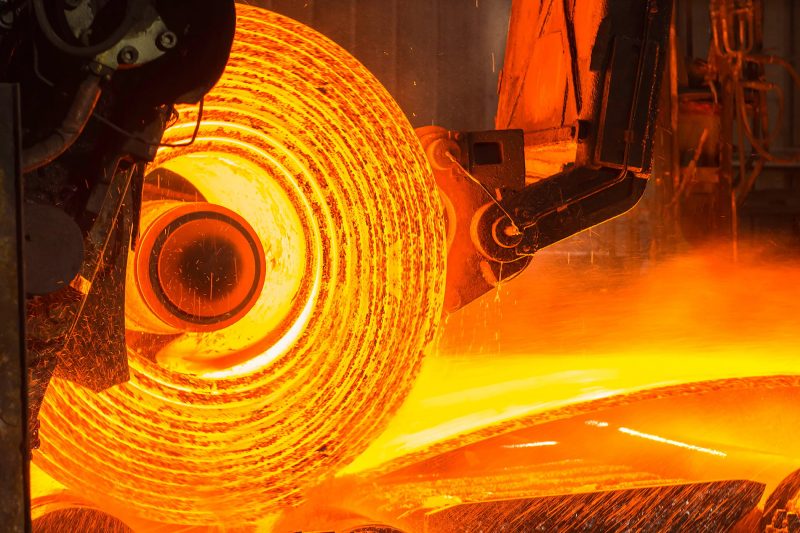
Introduction: The Struggles of the EU Hot Rolled Coil Market
The European hot rolled coil (HRC) market is under pressure, facing weak demand and falling prices. According to World Steel Dynamics (WSD), HRC prices in Europe could drop to as low as €570-580/t in the coming months. A combination of oversupply, fierce competition among producers, and active import offers are causing this market downturn. However, there may be hope for recovery as the year progresses, thanks to new trade measures and reduced supply.
This downward price trend is currently seen in both Northern and Southern Europe, where prices have already decreased. Northern Europe is seeing HRC prices between €590-610/t EXW, while in Southern Europe, they range from €570-590/t EXW. Imported coils from third countries are also becoming cheaper, further contributing to the competitive pricing environment.
The Factors Driving Declining Prices in the EU HRC Market
The primary factors behind the declining HRC prices in the EU include sluggish demand and oversupply. Many buyers are holding off on new purchases, expecting prices to continue their downward trend. Service centers in Italy, for example, are purchasing only selectively and are sitting on excess stocks.
Additionally, fierce competition among European producers is driving prices lower as manufacturers aim to fill their order books. Despite aggressive pricing strategies, however, new deals remain hard to come by. A further deterrent to buying activity is the uncertainty surrounding the EU’s Carbon Border Adjustment Mechanism (CBAM). The lack of clarity around the regulation has made many buyers hesitant to commit to contracts.
Potential Market Recovery in the Fall: Key Factors to Watch
While the market remains weak at the moment, WSD predicts that HRC prices could recover in the fall. Several positive developments could contribute to this potential turnaround:
-
A trade settlement between the US and the EU: This could help stabilize the market and boost confidence among buyers.
-
A decline in steel production in China: Reduced production from one of the world’s largest steel producers could tighten global supply and support higher prices.
-
CBAM-related cost transfers: As the EU implements CBAM, the costs could be passed onto prices in the fourth quarter, potentially stabilizing or even raising HRC prices.
The European Commission has already introduced a new import monitoring tool to protect the market from sudden price hikes and unexpected increases in imports. This could help curb volatility and bring more stability to the market in the medium term.
SuperMetalPrice Commentary: What’s Next for the EU HRC Market?
The European HRC market is at a crossroads. While current prices are low, the introduction of new trade measures and the possibility of tighter supply could lead to a market rebound in the coming months. The evolving situation surrounding CBAM and its impact on prices remains uncertain, but it could play a crucial role in shaping market dynamics. Manufacturers and buyers alike will need to remain agile as these developments unfold, navigating a competitive environment while preparing for potential changes in pricing.


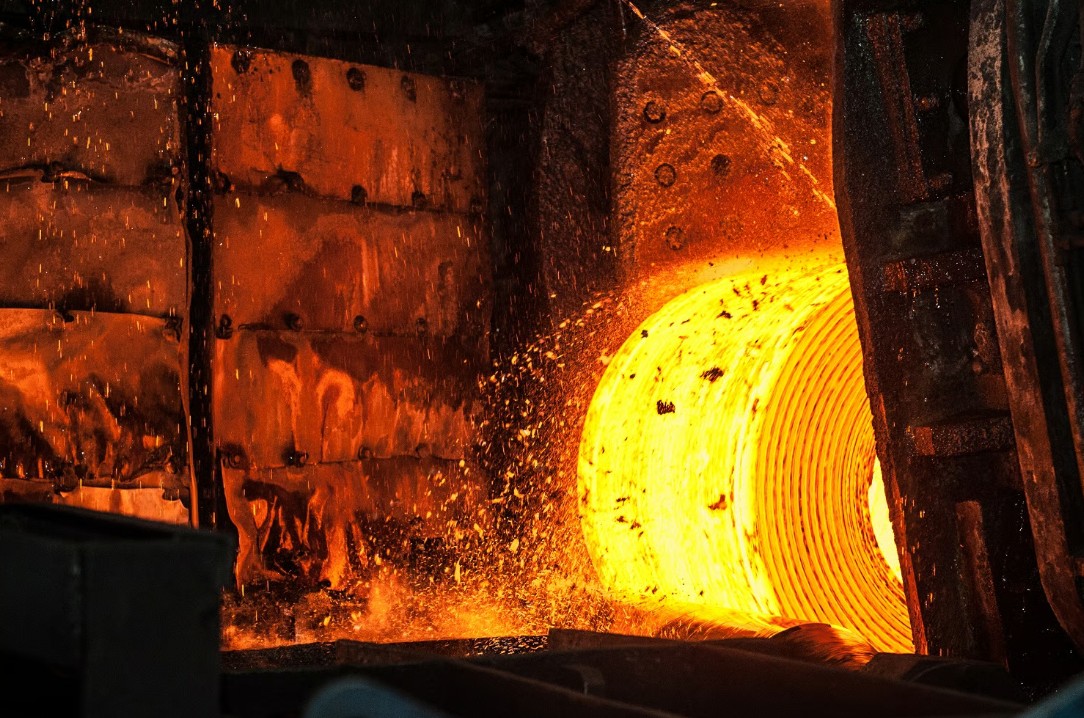
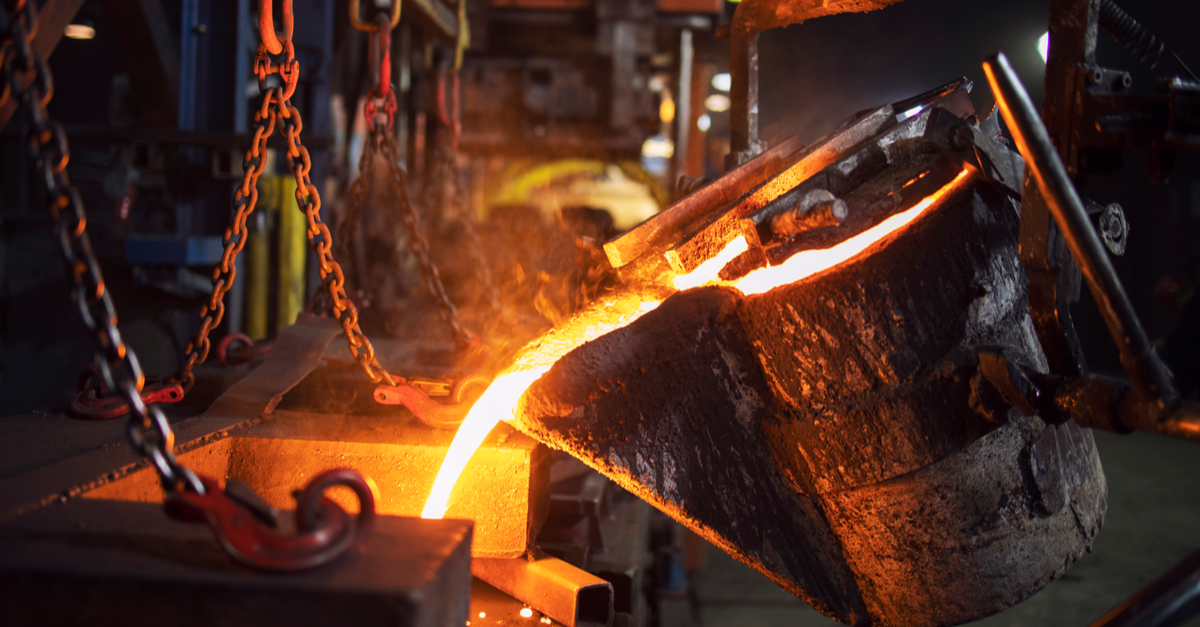
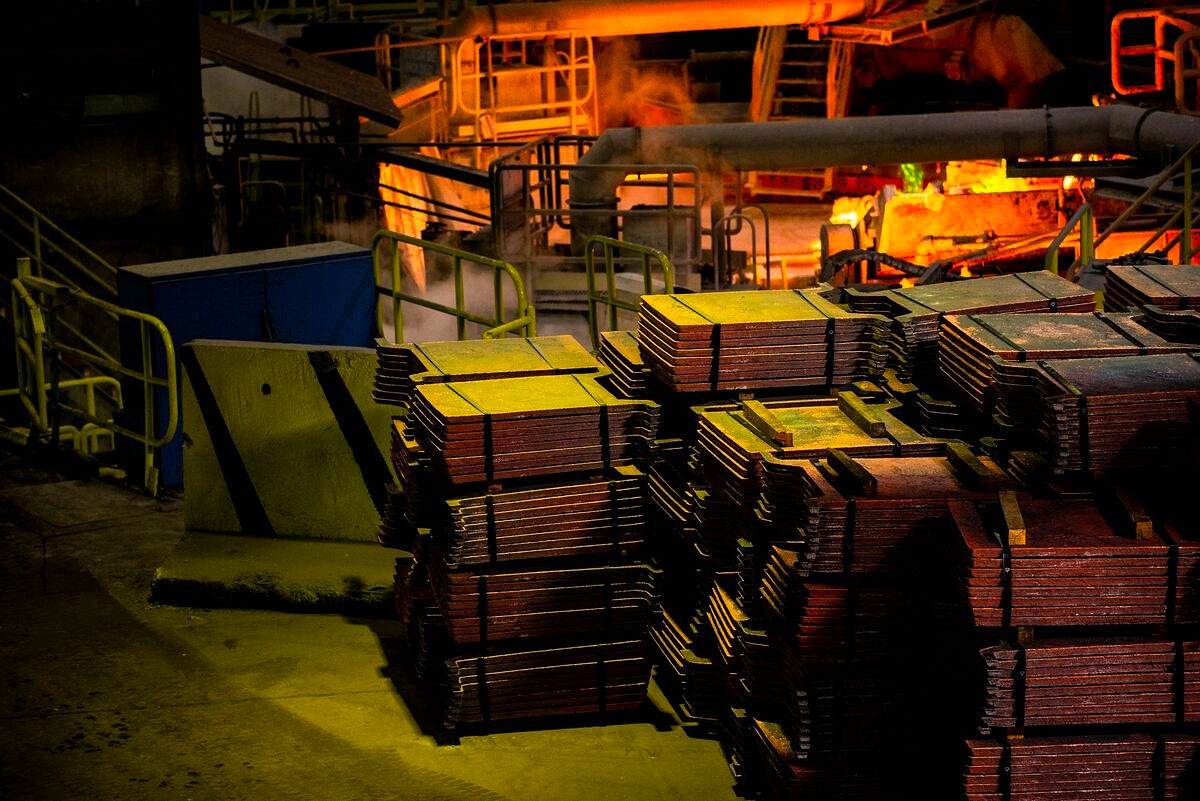
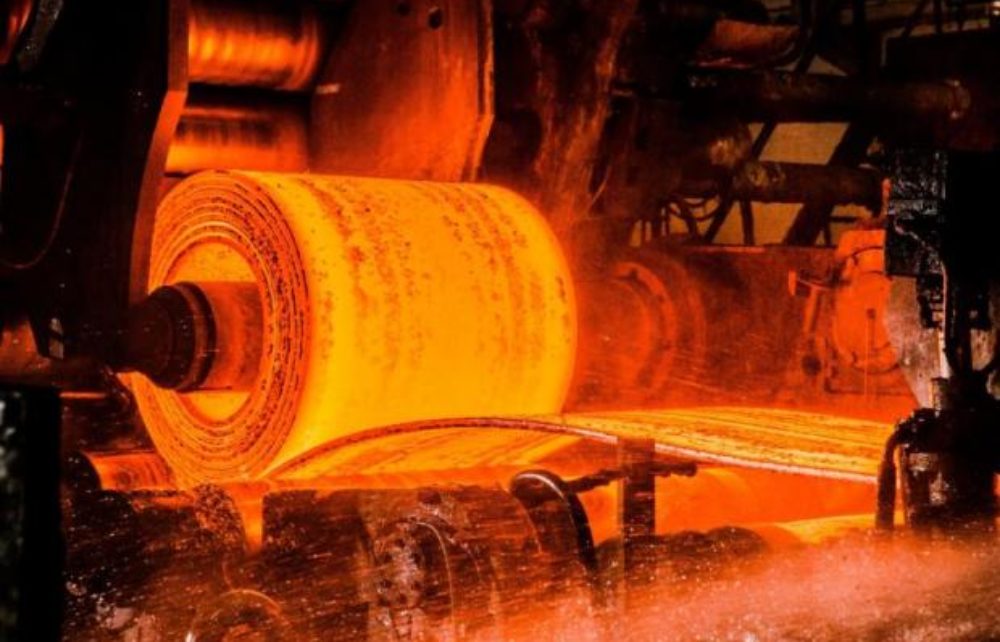





Leave a Reply
You must be logged in to post a comment.